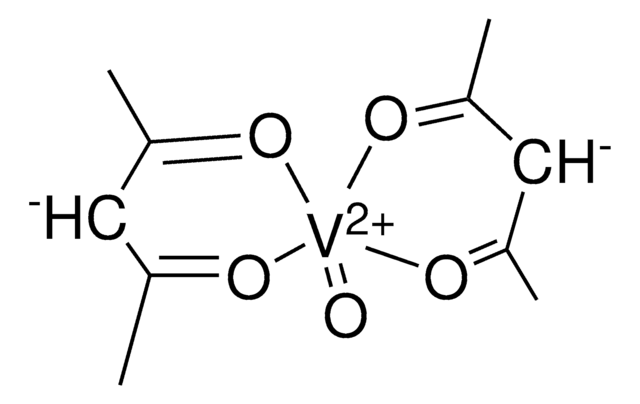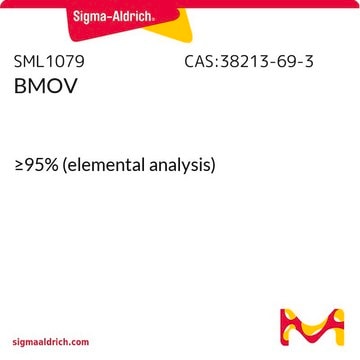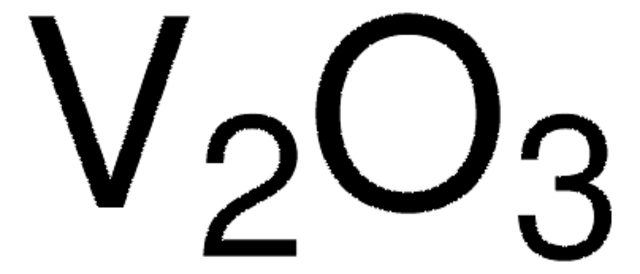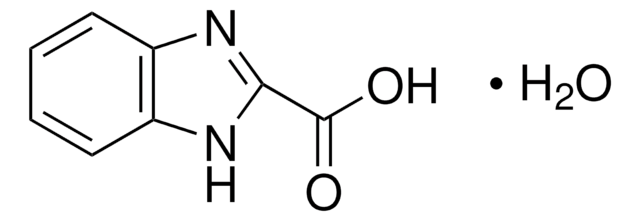233706
Vanadium(IV) oxide sulfate hydrate
97%
Synonym(s):
Vanadyl sulfate hydrate
About This Item
Recommended Products
Assay
97%
form
powder
composition
Degree of hydration, 3-5
reaction suitability
reagent type: catalyst
core: vanadium
mp
105 °C (lit.)
application(s)
battery manufacturing
SMILES string
O=[V++].[H]O[H].[O-]S([O-])(=O)=O
InChI
1S/H2O4S.H2O.O.V/c1-5(2,3)4;;;/h(H2,1,2,3,4);1H2;;/q;;;+2/p-2
InChI key
DKCWBFMZNUOFEM-UHFFFAOYSA-L
Looking for similar products? Visit Product Comparison Guide
Related Categories
General description
Application
VOSO4 and anthraquinone-2,7-disulfonicacid can be used as a redox couple to prepare aqueous organic redox flowbattery (AORFB) stack.
Signal Word
Danger
Hazard Statements
Precautionary Statements
Hazard Classifications
Acute Tox. 3 Oral - Aquatic Chronic 2
Storage Class Code
6.1A - Combustible acute toxic Cat. 1 and 2 / very toxic hazardous materials
WGK
WGK 3
Flash Point(F)
Not applicable
Flash Point(C)
Not applicable
Personal Protective Equipment
Certificates of Analysis (COA)
Search for Certificates of Analysis (COA) by entering the products Lot/Batch Number. Lot and Batch Numbers can be found on a product’s label following the words ‘Lot’ or ‘Batch’.
Already Own This Product?
Find documentation for the products that you have recently purchased in the Document Library.
Customers Also Viewed
Our team of scientists has experience in all areas of research including Life Science, Material Science, Chemical Synthesis, Chromatography, Analytical and many others.
Contact Technical Service












